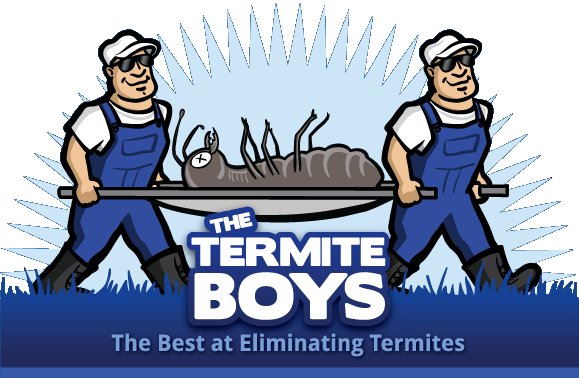Termites are common structural pests that exist within all regions of the United States, besides Alaska. Although each state contains termite life, no states see a greater abundance and diversity of termite species than Gulf Coast states. While not everyone in the US is familiar with termites and their destructive habits, you would be hard-pressed to find a single southerner who does not have at least one termite-related story under his or her belt. There is an often quoted phrase spoken in Alabama that says: “there are only two types of homes; ones that have termites, and those that do not have them….yet”. As many southerners can tell you, locating termite damages following their eradication from homes can be difficult. Sometimes termite infestations can be spotted in enough time to prevent serious damages, but termites all too often inflict hidden structural damages that can be dangerous to residents unless repairs are made. Termite structural damage is not always easy to locate, as termites are often active in inaccessible areas of a home that are not clearly visible to homeowners. Due to the likelihood of sustaining serious structural damages as the result of a termite infestation, certain areas of a home need to be examined after termites are eradicated.
Most people know that termites can, and often do infest homes silently for long periods of time without being noticed by residents. Much of the time termite infestations are not noticed by residents until they manage to inflict conspicuous structural damages that cannot be missed. If you happen to locate structural damage within your home, it is best to call a professional contractor in order to have the damage repaired.
Some aging timber-framed homes contain sagging floors. Sometimes this sagging is nothing more than a consequence of a home’s advanced age. Depending on the type of timber used, homes typically must remain standing for numerous decades before sagging becomes apparent. In many cases, sagging floorboards are caused by termite infestations. In these cases, termites have no problem avoiding the attention of homeowners while infesting a home’s subflooring. Luckily, sagging floors, can be leveled out with foundation supports.
It is not uncommon to find termites infesting furniture. Even pieces of furniture made with fabric can become riddled with termites, as upholstered furniture contains inner structures that are made of wood. In order to access this wood, termites can rapidly break through whatever materials a particular piece of furniture is made of. In fact, termites can easily penetrate carpeting, and termites are often found beneath carpeting in order to feast on wood subflooring. Finally, if you ever find termites infesting a windowframe, be sure to have the interior of your walls inspected as well. Termite populations grow rapidly in between walls, as invading termites radiate from window frames.
Have you ever discovered termite damage in your home long after a termite infestation had become eradicated?

